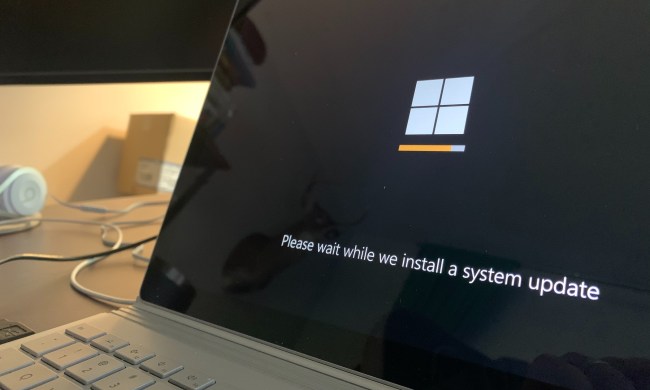
Microsoft’s newest security offering is almost here, which means we’re that much closer to breathing just a bit easier. Next Tuesday, the company is slated to release a set of 13 patches designed to fix 22 security holes in Windows, Internet Explorer and Office.
It isn’t exactly the biggest round of updates Microsoft has put out this year. Oddly enough, Computerworld says that’s unexpected because the company usually delivers the largest updates on even-numbered months. The numbers support it: in July, updates fixed 22 holes, while in June they fixed 34 and in April 64 problems were addressed.
While you’re welcome to come up with your own conspiracy theories as to why there are more bugs to deal with on certain months, the pattern is mostly due to Microsoft’s bi-monthly update schedule for Internet Explorer. And true to form, the first update (or bulletin, in Microsoft-speak) is a patch for IE labeled “critical,” Microsoft’s highest urgency rating. The patch applies to every generation of IE, including new-fangled IE9, and is probably the most important update of the bunch because the bugs in IE can provide an open window for hack attacks.
There’s one other update labeled critical, this time aimed at Windows operating systems themselves. Microsoft says its critical patches are for “vulnerabilit[ies] whose exploitation could allow the propagation of an Internet worm without user action.” A quick installation is recommended.
Interestingly, five of the 13 updates don’t have support for Windows XP. It could be a sign that those with a hacking persuasion have moved on to newer pastures. Or, with Microsoft doing its best to shoo people away from the decade-old OS, perhaps the folks down at Redmond figured they’d save some time patching up a dying platform. With nearly half the world still using XP, it’s doubtful, but even Microsoft’s got to save money, right?
Photo via Wikipedia


